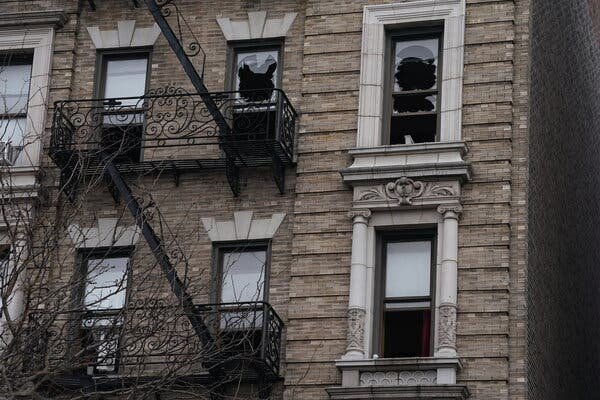Green-Wood Cemetery in Brooklyn has implemented a system to store rainwater underground to prevent flooding, funded partly by the city. The cemetery is part of efforts to manage intense rainstorms in NYC, with projects like roadway pavers and a pond that drains before storms. The cemetery’s projects aim to handle 60 million gallons of rainwater yearly. The initiative is to combat combined sewer overflows during heavy rain, which can lead to property damage and threats to lives. Green-Wood is using its unique large space to model climate resilience for the future.
Green-Wood Cemetery in Brooklyn is not just a burial ground for the deceased; it is also home to a revolutionary system designed to combat flooding. Buried beneath a storage yard are massive tanks that collect rainwater, preventing strain on the area’s sewers during heavy downpours. This innovative approach is part of a larger trend among private property owners in New York City to manage the increasing frequency and intensity of rainstorms by transforming their land into water-absorbing sponges.
The cemetery’s stormwater management projects, funded with $2.6 million from the government, include roadway pavers that absorb rainwater and a pond that drains into the city sewer system before storms to create additional storage capacity. These efforts aim to alleviate the strain on the city’s sewer system, which can lead to combined sewer overflows during heavy rain events, resulting in polluted waterways and property damage.
The projects at Green-Wood, developed over five years, have the capacity to handle up to 60 million gallons of rainwater annually. This marks the first time that the state and city have co-funded a project on private property, showcasing the cemetery as a model for climate resilience and sustainable water management practices.
The cemetery’s hilly terrain has historically led to flooding and erosion, necessitating costly repairs. The implementation of underground retention tanks and predictive water release technology at the pond help mitigate flooding risks and contribute to the overall sustainability of the site. Additionally, porous pavers installed on the roadways allow for increased stormwater absorption without compromising the historic aesthetic of the landscape.
The efforts at Green-Wood Cemetery highlight the need for all property owners in New York City to play a role in managing stormwater and creating a more resilient urban environment. As climate change brings more frequent and severe rainstorms, sustainable water management practices are crucial in safeguarding lives and property from the impacts of flooding. By investing in innovative solutions like those at Green-Wood, private, government, nonprofit, and academic properties can collectively contribute to a more absorbent and sustainable urban landscape.
In conclusion, Green-Wood Cemetery’s stormwater management projects serve as a model for other property owners in New York City to adopt sustainable practices that mitigate the impacts of flooding and help build climate resilience. By leveraging innovative technologies and strategic partnerships, private properties can play a significant role in addressing the challenges posed by increasingly intense rainstorms and reducing the strain on the city’s sewer system. Embracing water-absorbing strategies not only benefits individual properties but also contributes to the overall health and sustainability of the urban environment.
Source: TheCity.NYC









